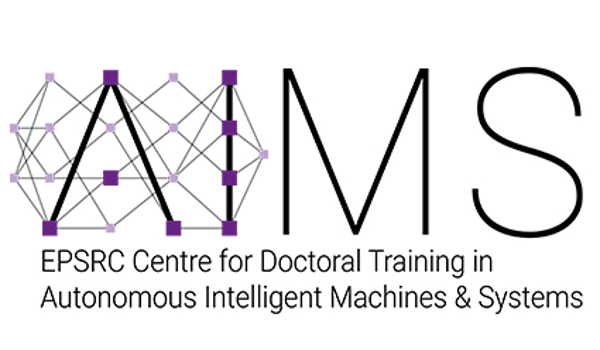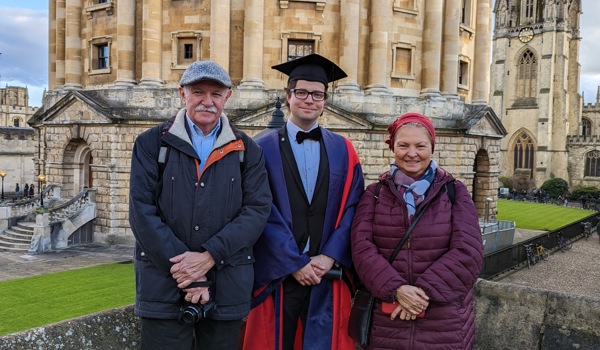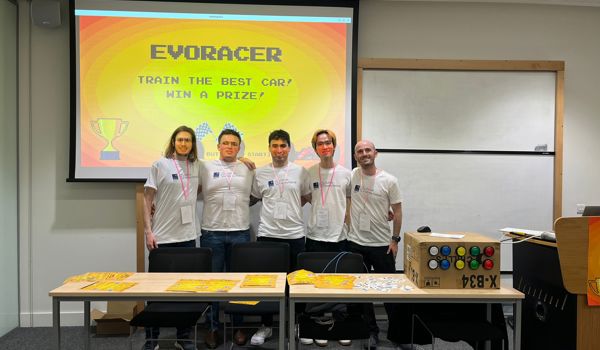EPSRC Centre for Doctoral Training in Autonomous Intelligent Machines and Systems | University of Oxford
EPSRC Centre for Doctoral Training in Autonomous Intelligent Machines and Systems

About Us
Autonomous systems powered by artificial intelligence will have a transformative impact on economy, industry and society as a whole. Our mission is to train cohorts with both theoretical, practical and systems skills in autonomous systems - comprising machine learning, robotics, sensor systems and verification- and a deep understanding of the cross-disciplinary requirements of these domains. Industrial partnerships have been and will continue to be at the heart of AIMS, shaping its training and ensuring the delivery of Oxford’s world-leading research in autonomous systems to a wide variety of sectors, including smart health, transport, finance, tracking of animals, energy and extreme environments.
During your time as a CDT student, there are opportunities to take up internships, outreach activities, personal development, team work, and collaboration with other CDTs in similar areas.

Our Research
The University of Oxford has a world-class reputation in the underpinning technologies of AIMS. Graduates have gone on to become entrepreneurs, taking leading roles in industry and commerce or continued their careers in academia.
Recognising the strength of our research and teaching in this area and the potential for future breakthroughs, the Departments of Engineering Science and Computer Science were awarded the Centre for Doctoral Training (CDT), which provides the focus for the development of these new technologies.
Key skills areas
What’s holding up the real-world impact of AI? Today, too often, innovation is overly-focussed on new component algorithms, particularly those from Machine Learning. To realise impact on the world, however, such algorithms must be integrated with complete autonomous systems – in which there are far–too–few trained experts. AIMS imparts unified training in four important and intimately-connected components of such systems:
- Machine Learning, as a unifying core;
- Robotics & Vision;
- Cyber-Physical Systems (e.g. sensor networks); and
- Control & Verification.
As examples of autonomous systems, AIMS aims at building systems to impact upon
- sustainable urban development (transport, financial services and smart infrastructure),
- extreme and challenging environments (space robots and satellite data) and
- smart health (cancer diagnosis).
AIMS students are also trained explicitly in
- entrepreneurship,
- responsible research and innovation,
- management of intellectual property,
- presentation,
- scientific writing and
- public engagement.
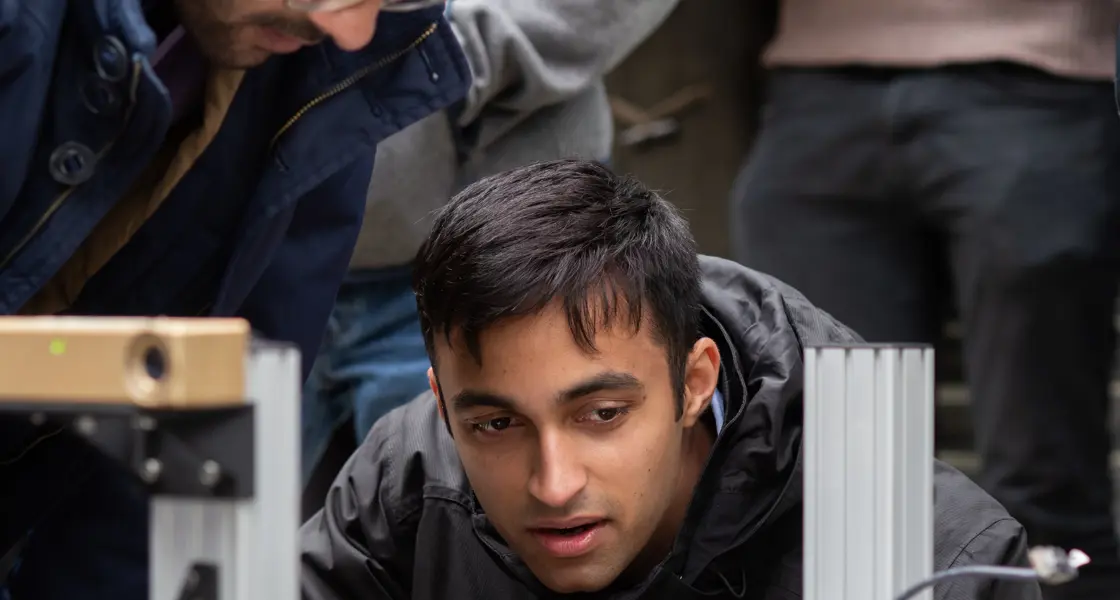
Autonomous systems in the real world may need to identify and interpret complex scenes, from moving vehicles to human activity. For example, robotic systems require such capabilities so that they can navigate in unknown environments, and augmented reality systems require methods for scene perception and object identification. AIMS will offer training in visual geometry, deep learning, perception, generative models, visual tracking, segmentation, path planning, visual navigation, robot learning, locomotion and motion planning. Domains of focus include urban & off-road driving, hazardous environments, smart infrastructure, space robots and healthcare.
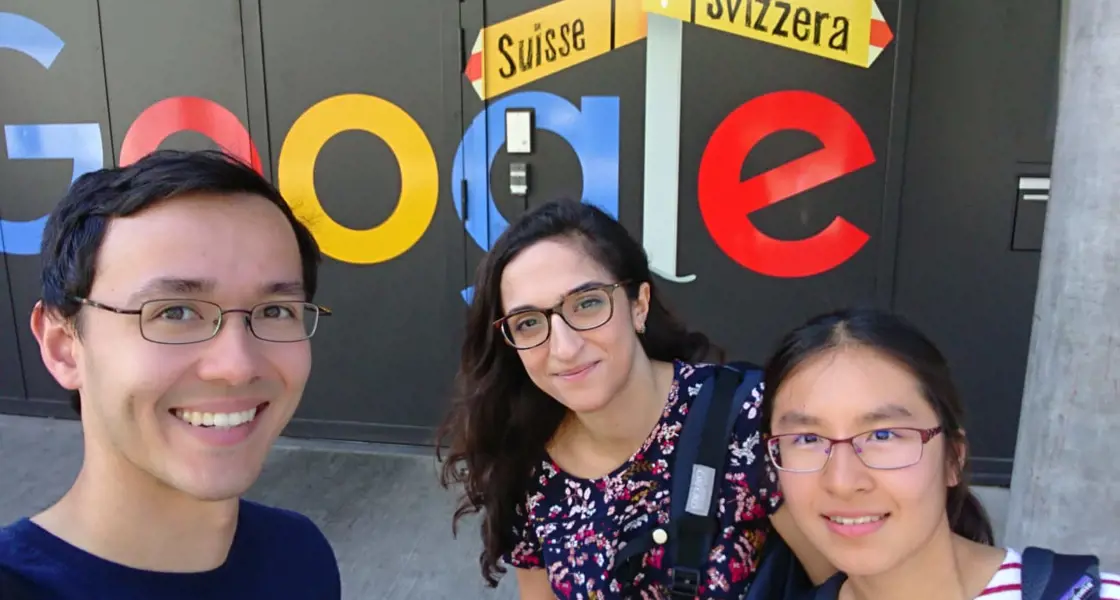
AIMS recognises the increasing centrality of machine learning to autonomous systems. The data-driven approach offered by modern machine learning models has complemented the growth of datasets and computing power (particularly GPUs), which has resulted in machine learning transforming fields such as computer vision and robotics in the years since AIMS’s foundation in 2014. As such, AIMS now places Machine Learning as the hub of its training programme. Within machine learning, AIMS offers courses covering estimation & inference, signal processing, supervised & unsupervised learning, learning theory, Bayesian non-parametrics, graphical models, ensemble learning, neural networks and back-propagation, deep learning (representative models will include AlexNet, VGG-VD, ResNet, DenseNet), machine learning in production, optimisation, automatic differentiation, reinforcement learning, autonomous systems safety and governance, and much more. Focal applications are found in medical, smart city and space data domains.
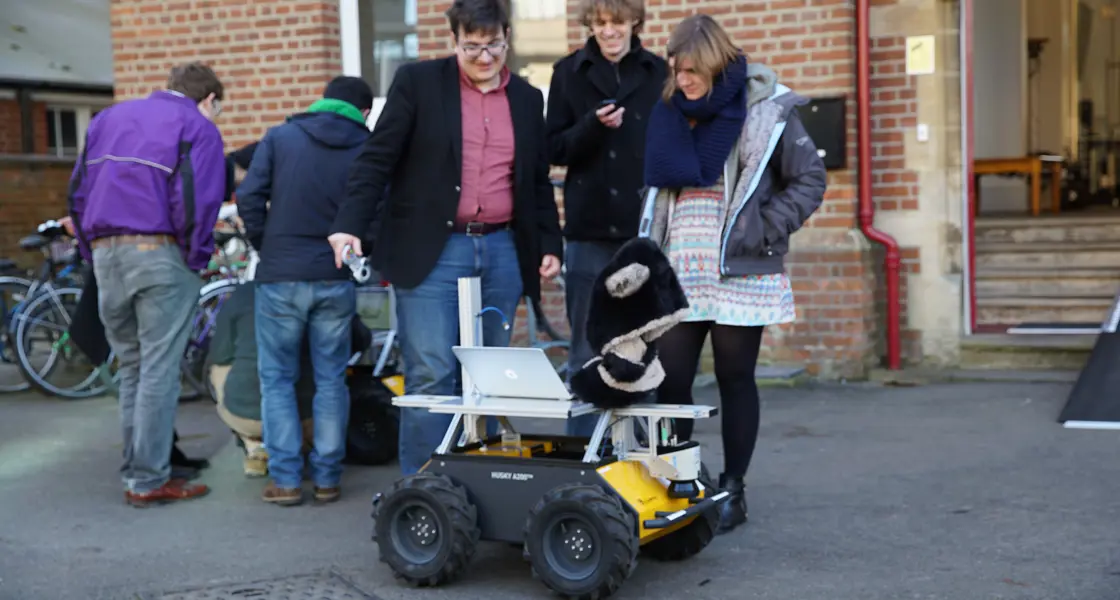
Autonomous systems must be safe and dependable. For example, how do we ensure that the embedded software controller of the self- driving car does not crash, or that the implantable blood glucose monitor correctly identifies an abnormal range and raises an alarm? Verification via model checking provides automated methods to establish that given requirements are satisfied, but is challenged by the need to consider the complex interplay of discrete, continuous and probabilistic dynamics. Training will be given in modern control, deep reinforcement learning for process control, systems verification, adversarial inputs, symbolic controller abstraction techniques, computational game theory and multi-agent planning. Focal domains will include finance, factory automation, critical infrastructure and healthcare.

Many applications demand the seamless connection of intelligent devices in order to offer sensing, monitoring and actuating capabilities: these will form cyber-physical systems. Currently, cyber-physical systems face key technical barriers, including:
- providing context-awareness (e.g. location), problematic in indoor environments;
- overcoming the unreliability of sensors and actuators, often lacking calibration, quality estimation, energy management and fault detection capabilities;
- Improving security and privacy concerns, both in peer-to-peer ad-hoc networks and cellular networks.
AIMS offers training in sensor and actuator networks, topology control, cross-modality learning, privacy and security, lightweight authentication and key management, wireless network security, anti- jamming/jamming resistance, passive/active threat models, verification of security systems, differential privacy, and hands-on embedded systems programming. Key applications include the smart city, critical infrastructure and sensitive healthcare data.
.
What is a CDT?
Annual Review
Our Annual Review highlights the achievements of our staff and students during the preceding academic year. Take a look through the links below to get a feel for the breadth of activities taking place here at the CDT.



